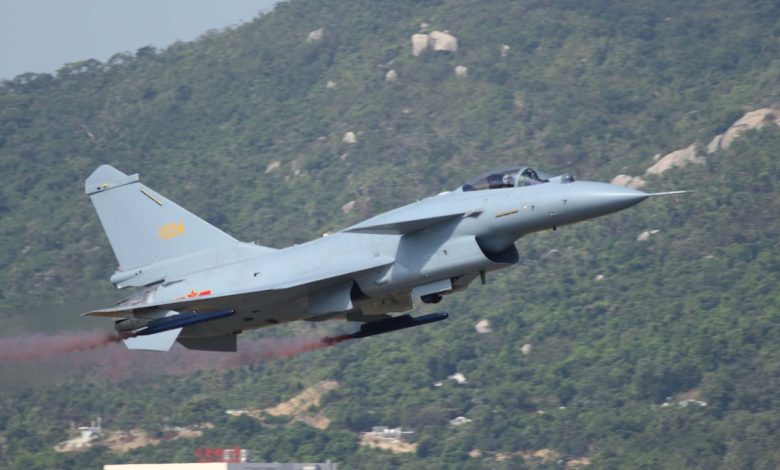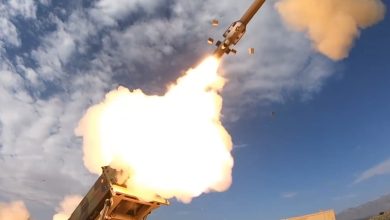Bangladesh air force gets nod to spend billions on multirole fighters

CHRISTCHURCH, New Zealand — Two air forces fly the Chinese-manufactured J-10 fighter – China and Pakistan – but a third nation could soon become an operator of this 4.5-generation jet.
Air Chief Marshal Hasan Mahmood Khan, Bangladesh’s top air force officer, announced last month that his country’s interim government had given an in-principle approval for the purchase of “multirole combat and attack aircraft” plus new surface-to-air missiles and long-range radars.
Khan did not specify what type of aircraft the Bangladesh Air Force – the BAF – would procure, but there is a strong likelihood it will be the J-10CE fighter from China.
Such an ambition had already been aired when Muhammad Yumus, Bangladesh’s interim Chief Adviser and head of the caretaker government, met Chinese President Xi Jinping in Beijing in March.
According to the government, the BAF could buy up to 20 J-10CE jets by 2027. However, an inter-ministerial committee led by Khan still needs to approve the purchase and to conduct negotiations with Chinese officials.
The Chief Adviser’s office estimates the aircraft would cost $1.2 billion, while other costs such as training and spares would bring the price tag to $2.2 billion. Payments would be spread over a ten-year period until the mid-2030s.
Sandwiched by India, and to a lesser extent Myanmar, Bangladesh must defend its constrained airspace and protect littoral territory in the Bay of Bengal.
The need for new fighters is urgent because the BAF possesses a largely obsolete fighter fleet of Chinese-built and accident-prone F-7s, plus MiG-29s from Russia. One F-7, a Chinese version of the MiG-21, crashed into a Dhaka college campus in July. The accident caused an estimated 36 fatalities.
Besides the Chinese J-10, the BAF has been exploring Western fighter options. For example, Khan and air force personnel were in Italy for Eurofighter Typhoon demonstration flights in May.
A Chinese option could end up winning out, however, because Bangladesh is already an ardent user of Chinese equipment, with recent purchases including Type 15 light tanks and Type 035G submarines.
Despite the geopolitical risk of upsetting Western countries like the United States, if the J-10CE purchase proceeds under Bangladesh’s Forces Goal 2030 modernization plan, it would see J-10s flying on India’s western, northern and eastern borders.
Bangladesh’s predilection for the J-10 also predates the sharp aerial conflict between India and Pakistan in May. On that occasion, Pakistani J-10CEs received significant publicity for their alleged performance against Indian fighters.
Brendan Mulvaney, director of the China Aerospace Studies Institute affiliated with the U.S. Air Force, told Defense News that the J-10C is “a modern and fairly capable aircraft, the best one that China exports.”
He assessed that the Indo-Pakistan conflict “clearly proves that Chinese-made equipment, even the export versions, are modern and capable, and are going to be a force to be contended with in the future, beyond just the borders of China”.
All told, The J-10CE, with its active electronically scanned array radar, data links and beyond-visual-range missiles like the PL-15E, would effectively revolutionize the BAF’s combat capabilities.
Gordon Arthur is an Asia correspondent for Defense News. After a 20-year stint working in Hong Kong, he now resides in New Zealand. He has attended military exercises and defense exhibitions in about 20 countries around the Asia-Pacific region.







